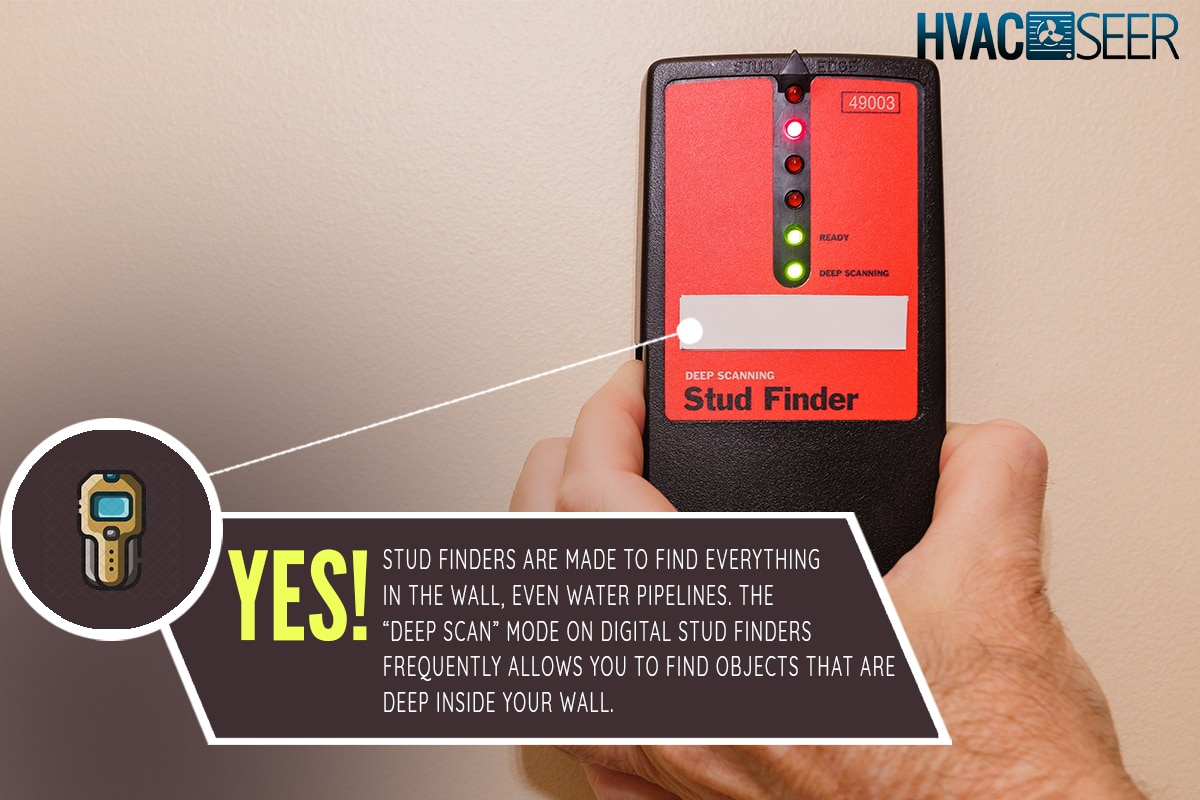Stud finders are great devices to locate things behind your walls. And if you're looking for ways to find your embedded water pipes, you may ask, can you find them using a stud finder? So we searched for answers to this question, and here is what we found.
Yes, you can. Stud finders are made to find everything in the wall, even water pipelines. The "deep scan" mode on digital stud finders frequently allows you to find objects that are deep inside your wall.
But what if you don't have a stud finder? What other devices can you use? And how do you know if it's a pipe or a stud? Continue reading to find out! We'll also discuss how to use the stud finder to locate your water pipes. Additionally, we'll give possible scenarios where you need to know the location of your water pipes, thus leading you to use a stud finder and where you can usually find the water pipes behind your wall.
Can Stud Finder Locate Plastic Water Pipes?
You are well aware that studs are mostly made of metal. On the other hand, most household water pipes are made of plastic PVC. So, is it effective to use stud finders to locate them?
If there is no water flowing through the PVC pipes, most stud finders won't pick them up. The same holds true for various types of plastic pipes, like PEX.
How To Use A Stud Finder To Locate Plastic Water Pipes?
Now, you may wonder, how should you use a stud finder to look for plastic water pipes in your house?
You can follow these steps to find them:
- Turn on both the hot and cold faucets in the room to help your stud finder discover these pipes in your wall.
- Scan the wall with the stud finder deep scanning mode.
- If you live in a multi-story house, you can turn on the faucets upstairs to find the pipes that pass through lower-floor walls.
And if you have brick walls, you can buy a stud finder that can detect through bricks or stones.
Click here for this product on Amazon
How To Know If Your Stud Finder Detected A Water Pipe And Not A Metal Stud?
Turn on the metal scan mode on your tool and run a vertical scan along the object. Here are some signs and tips you can keep in mind to know what material your device has detected:
The Metal And Wire Alert Goes Off
You've undoubtedly discovered a metal pipe or conduit if you consistently receive a metal reading. If you receive no metal reading, you've undoubtedly discovered a plastic pipe. If the metal readings are sporadic, you've located the drywall screws or nails attaching the wall to the stud.
Spacing
The spacing between things is another excellent indicator of whether you have discovered a pipe or a stud. Usually, wall studs are spaced 16 to 24 inches apart.
Pipes, conduits, or electrical cables are frequently discovered objects that are in between these predictable periods.
The Pipes Are Narrower Or Wider Than Studs
Often, the width of the object will reveal if it is a pipe or a stud. Find the left edge of the object and mark it before doing the same for the right edge. The width of wood studs is roughly 1.5 inches. These are often larger than copper pipes, PEX, and PVC water delivery pipes.
Make A Wall Map For Best Results
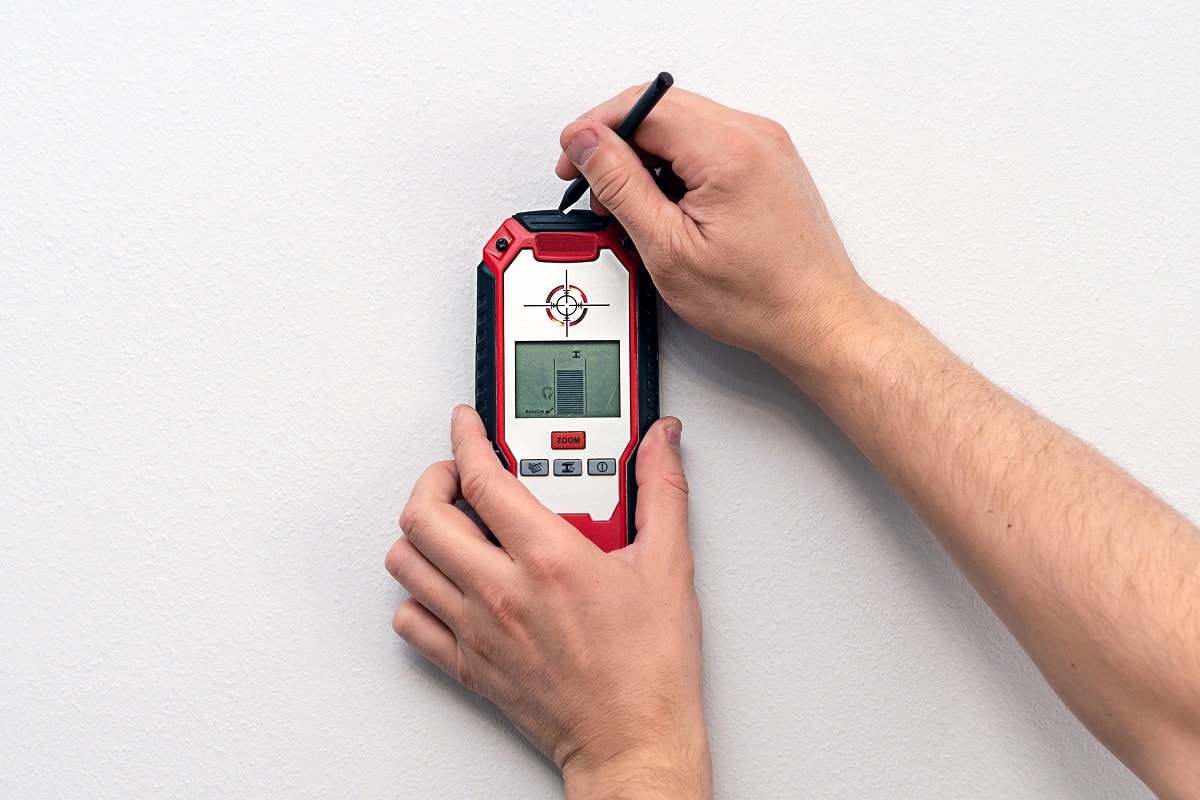
Scan the entire wall with a stud finder, noting the edges of anything you find. Once you've located every item in the wall, you may use the studs' regular spacing to map out where each one is exactly.
Pipes, conduits, and/or ducts are most likely objects that are not evenly spaced. Even if you have metal studs, this method of scanning a whole wall and then figuring out the stud pattern still works.
What Are The Types Of Stud Finders You Can Use?
There are two kinds of stud finders. These are:
Electronic
Electronic stud detectors work by monitoring changes in the electrostatic field present in a variety of materials, especially wood, using a capacitor plate.
By monitoring the various electrostatic energy levels, the sensitive plate may determine the thickness of an object, such as electrical wires, and subsequently its type.
Magnetic
The screws and/or nails used to fix the plasterboard or other structural elements that work similarly to the studs are successfully detected by magnetic stud detectors.
The center of a stud or joist should, in theory, be where any fasteners are inserted; thus, the location of the nails or screws should reveal the stud's or joist's center line.
What Are Other Water Pipe Finding Tools You Can Use?
Aside from a stud finder, here are other options you can use to find pipes in your walls:
Wall Scanner
Professionals use specialized wall scanners as effective tools. Products like this one can find metal pipes, studs, and any other impediments in your walls in addition to plastic pipes.
A plastic pipe needs to have water flowing through it for a wall scanner to locate it. It's crucial to switch on both hot and cold water nearby because of this.
By doing so, you can be confident that water is flowing through all of your walls' supply pipes. Use the wall scanner to locate the pipes after the water is flowing.
Click here for this product on Amazon
Borescope Camera
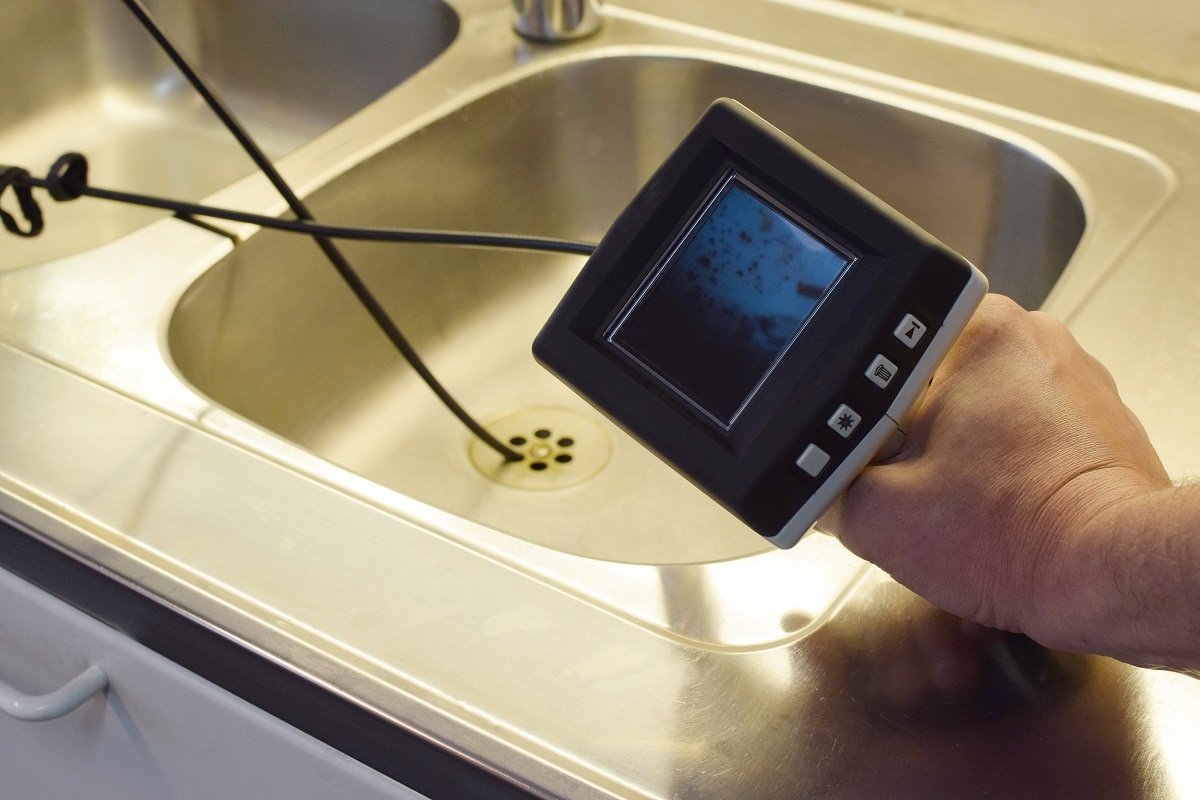
By taking a look yourself, you can eliminate the guesswork involved in locating pipes in your walls. Without removing any drywall, you may see what is inside your wall.
You can take a look using a borescope camera fed through a tiny hole in the wall. The majority of modern borescope versions connect to cellphones so you may view the video feed.
This strategy is a surefire way to see what's happening inside your walls. Additionally, it is far more practical to patch a hole up rather than tear a whole section of the drywall off the wall.
Pro tip: Select a borescope with LED lighting to shine a light on the wall's interior.
Click here for this product on Amazon
Stethoscope

This might surprise you, but you can use a stethoscope for the job! To do this, you must:
- Get the water flowing via the pipes so turn on the faucets in the room.
- Listen to the walls with the stethoscope. When you hear water gushing, move in that direction to find the water pipes.
- Any water pipes you find should have their location and direction marked.
When using this device, running cold water first, then hot water, may help to minimize interference and locate pipes one at a time. You can identify specific supply pipelines in this manner.
Click here for this product on Amazon
Screwdriver
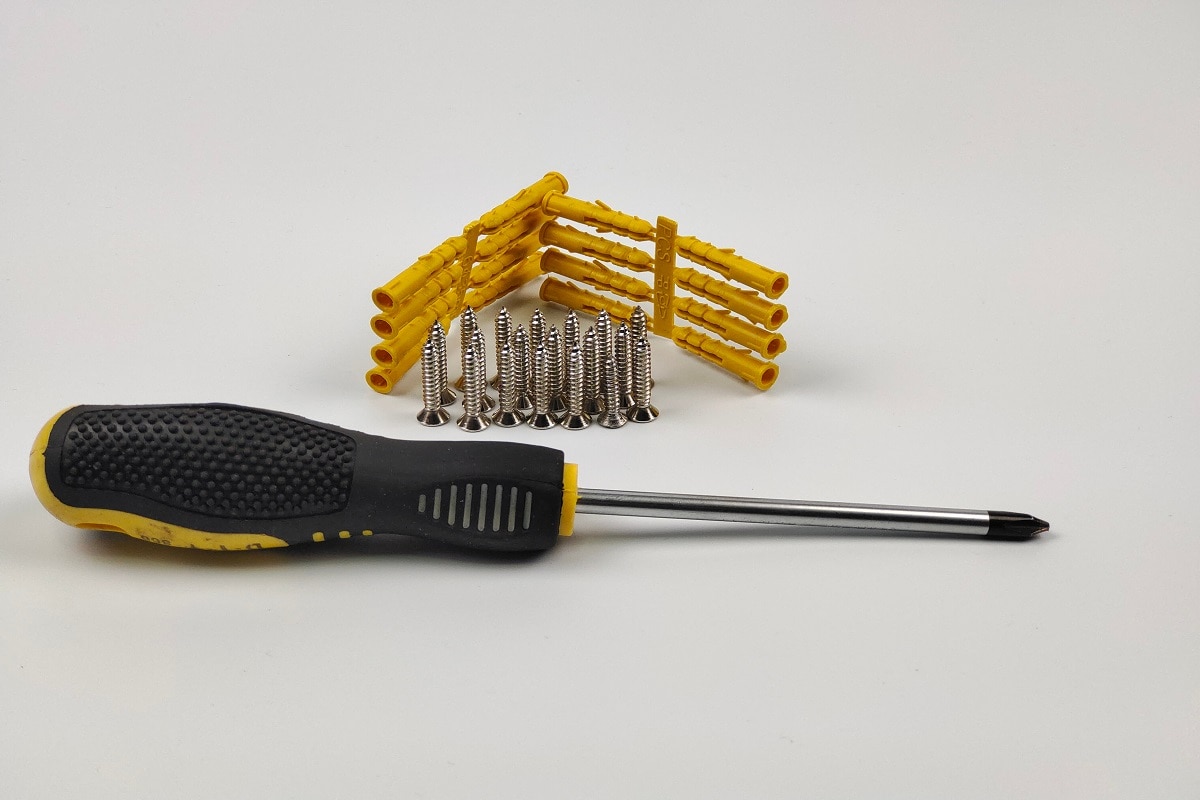
A screwdriver can be used to locate water pipes by listening for sound and vibration, much like a stethoscope. You can follow these steps to locate your water pipes using a screwdriver:
- Activate one or more taps to supply water.
- Firmly press the screwdriver's tip on the wall.
- Place your ear close to the screwdriver handle's tip.
- Move the screwdriver in the same direction as the stethoscope toward the sound and vibration of rushing water.
- In-wall pipes should have their routes marked.
Although this method isn't quite as precise as using a wall scanner or borescope, it is still quite straightforward and doesn't require any additional equipment.
In an emergency, the screwdriver method can be used to locate pipes in general. After that, you can decide whether using more complex methods is essential to pinpoint their precise location.
Click here for this product on Amazon
Metal Detectors
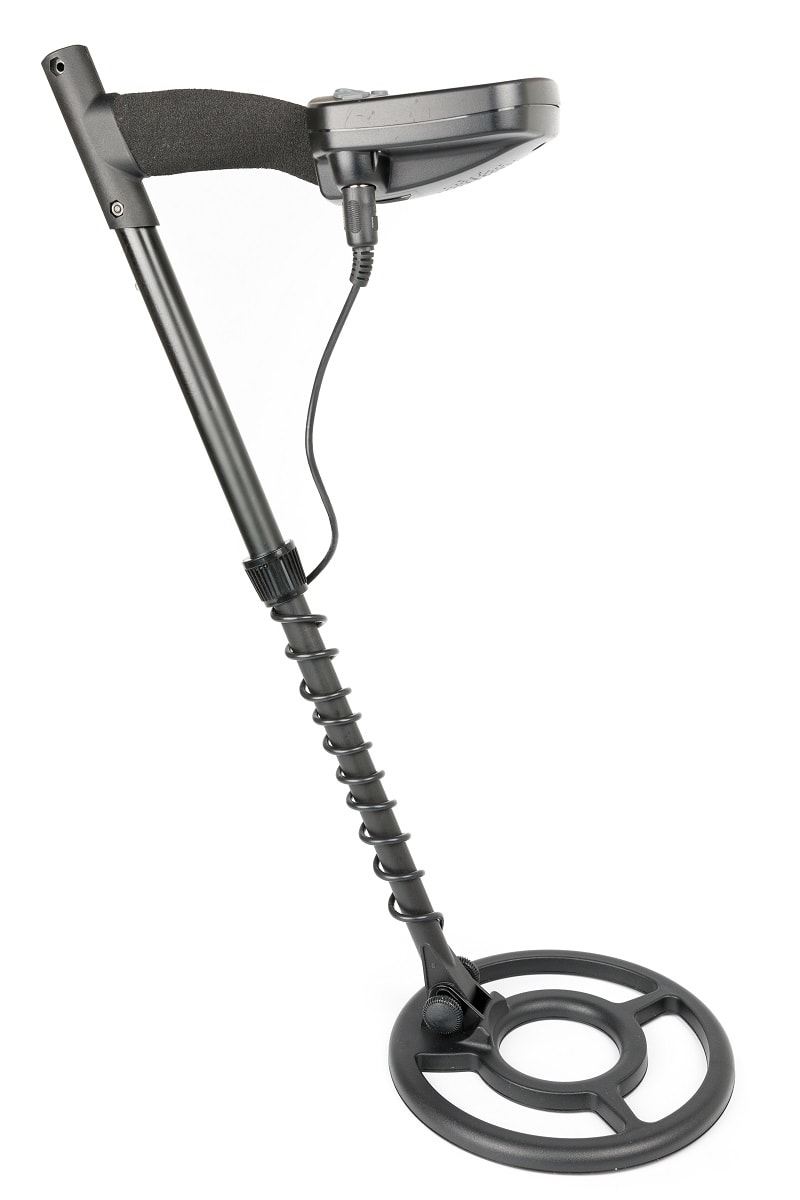
These instruments aid in the identification of pipeline networks' metal pipes. It helps in locating insulation-related foil coatings on wire and water lines.
Most of these detectors determine the precise location of the pipe and calculate its depth in the wall.
Click here for this product on Amazon
Thermal Detectors
These detectors are more effective at finding radiator pipes than other types because they are made specifically for water pipes.
By monitoring the shift in thermal energy near the wall, it can locate the location of pipes. To get an accurate or more precise location, you might need to take the readings more than once.
Click here for this product on Amazon
What Happens When You Accidentally Drilled A Water Pipe In Your Wall?
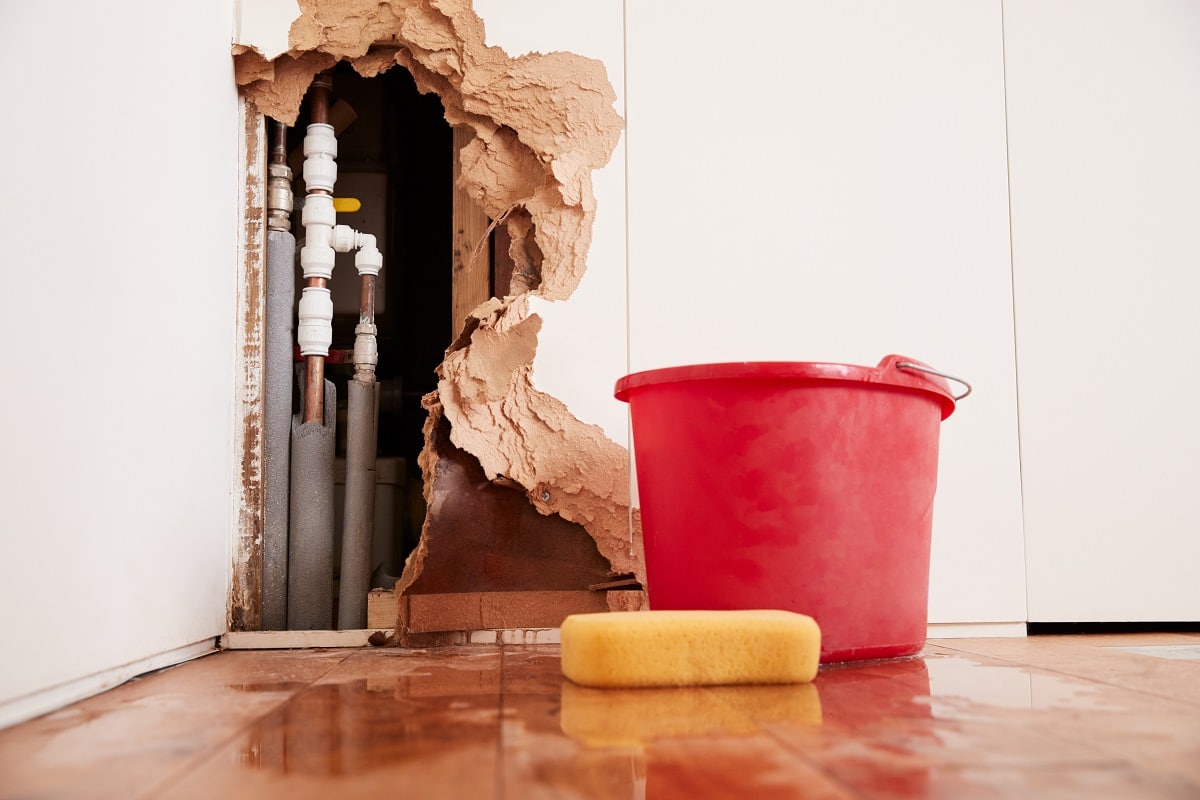
Without properly checking the pipeline, drilling into a wall can seriously injure it. Pipeline leaks caused by damaged pipes can cause severe property damage or even personal injury.
A solid water line and electrical wiring system form the basis of a well-constructed house. Water pipelines act as a vent and drainage system, distributing hot and cold water throughout the house.
To fix any leaks or move on with any home improvement projects, it is vital to discover these water pipelines, which are hidden behind the walls.
Final Thoughts
Using a stud finder can help you locate water pipes in your wall. Aside from this, you can also use other devices such as wall scanners, metal detectors, borescope cameras, and stethoscopes. You can even use a screwdriver!
One major thing for you to remember is to let the water run in your pipes when you try to find them. Letting the water run will help immensely.
Finally, it is best to find and know what's in your wall to avoid damage and additional repair costs should you stumble on important pipes and conduits in your house.
If you enjoyed this article, you can check out these related posts:

